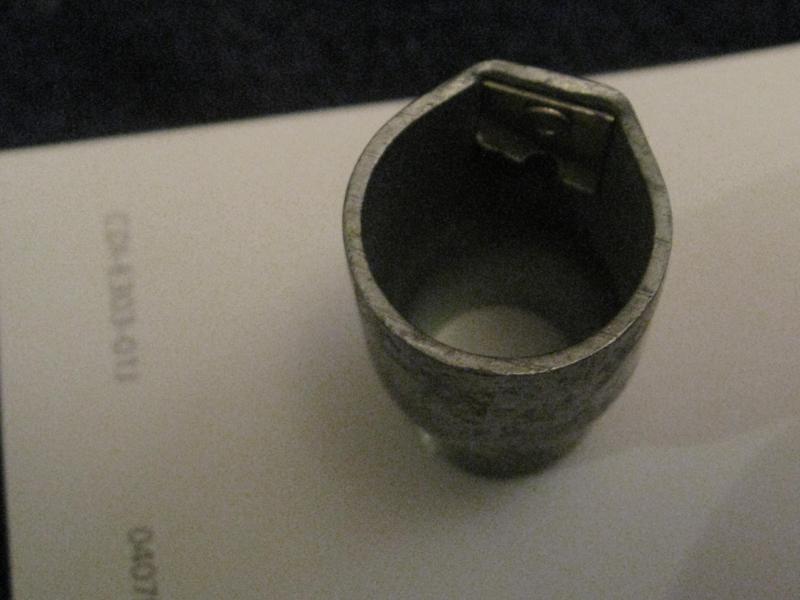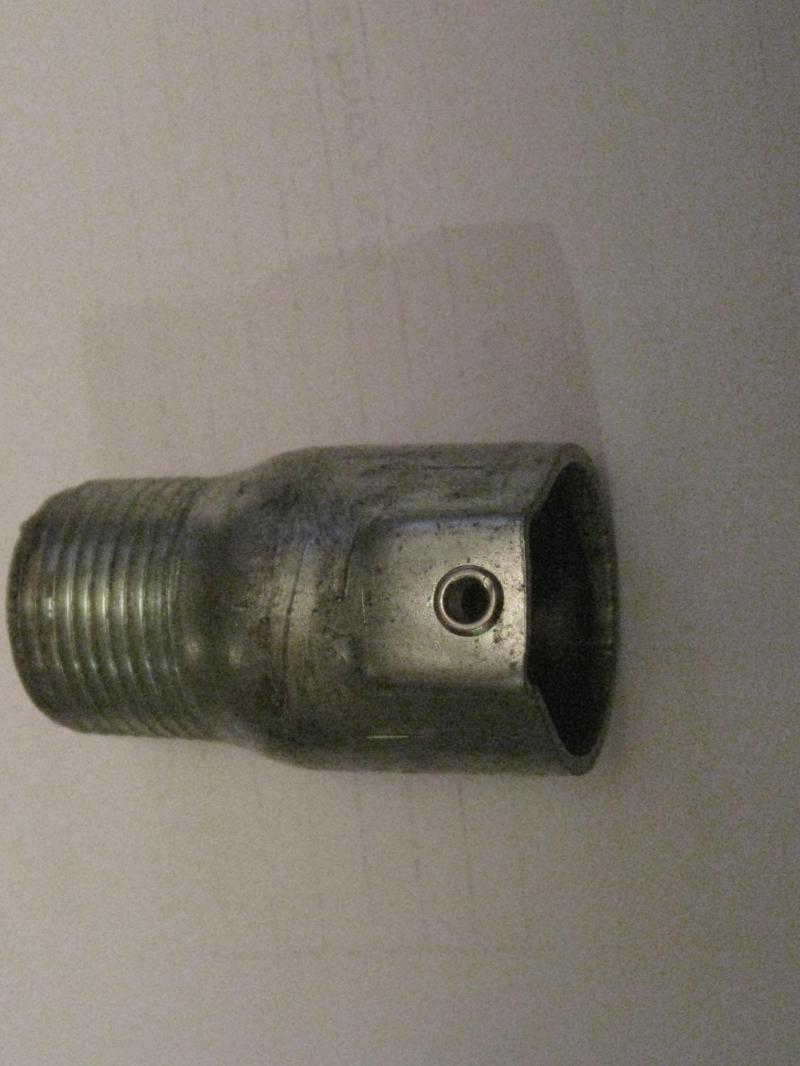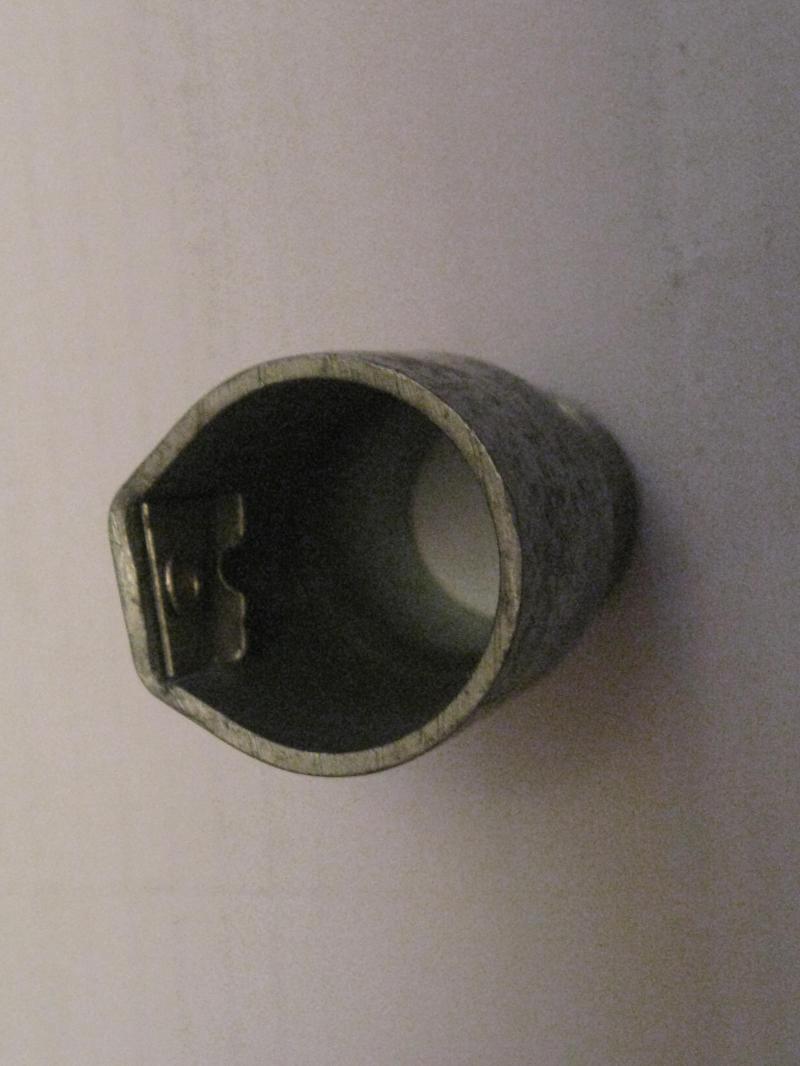Good grief - did NICEIC really write that?! It's guaranteed to confuse!From the NICEIC Part P factsheet:
"The requirements of Part P apply to most electrical work in your home. There are however, certain relaxations that apply for minor work.
Minor work: ‘Minor work’ is electrical work that does not involve the addition of a new circuit, for example adding new sockets or light switches to an existing circuit, or the replacement of sockets, light switches and ceiling roses. This work does not have to be undertaken by a registered electrician and you do not need to notify your local building control office.
However, ALL electrical work must comply with BS 7671, the wiring regulations."
Kind Regards, John





